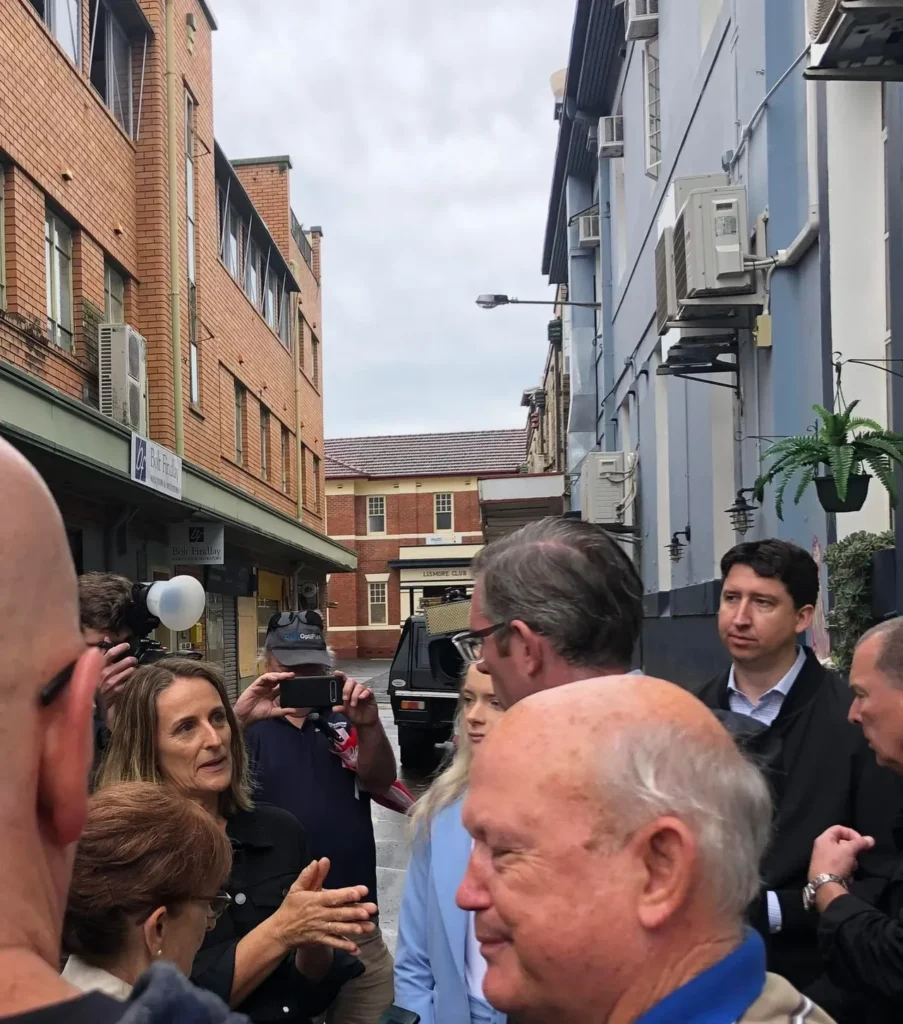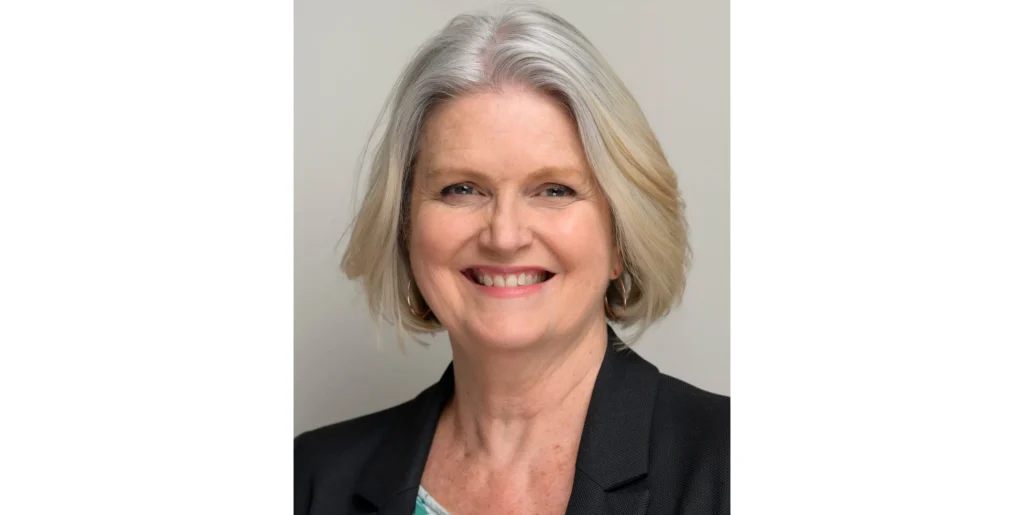
Incoming Greens Member of the Legislative Council, Sue Higginson, met with the NSW Premier and Deputy Premier today in her hometown of Lismore and told them it was time for a state-wide assessment of climate risk and community-led solutions. She spoke with Jackie Pearson.
She says her community desperately needs more than the “up to $20,000” recovery package announced today, on top of previous announcements, by Premier Perrottet.
“Having the Premier visit today on his first day back on the job was a good sign and the immediate funding announced is welcome, but once again it is not clear what the eligibility criteria is and even if you qualify, it’s just not enough.
“We need a response commensurate with the harm and the cause of the harm,” Higginson says.
“Our communities have been absolutely devastated by a catastrophic weather event which was followed by an extreme weather event in a matter of weeks. People have lost their homes and their livelihoods. We need more than just a quick cash splash to have any hope of recovery.
“We need guaranteed income support for all affected communities and for the Premier to stand up to his Liberal-National mates in the federal government to demand they match all funding.
“For the sake of our future, it’s also time to call this out for what it is: this is a climate emergency.
“Until we get serious about that nothing else really matters. We must never forget that lives were lost and hundreds of people just avoided death by clinging on to their roofs while their neighbours in tinnies rescued them.
“With the climate changing, extreme weather events like this are becoming more frequent and more disastrous. Climate resilience and adaptation needs to be a core component in building and rebuilding our communities so that we are prepared for the future.
“If we have any hope of limiting climate catastrophe we must also begin rapidly decarbonising our economy including by phasing out coal and gas by 2030.”
Higginson said the latest announcement was for up to $20,000 for flood-affected households from a $112 million package over the eight impacted local government areas.
“This package is available to owners or renters who are uninsured and also to people who have not claimed the disaster relief grants (three $1,000 payments),”
Higginson says her understanding is that successful recipients of the funding would be able to spent up to $15,000 to do structural repairs, then $5000 for goods like fridges but she says it is not clear whether those amounts will require two applications.
“It’s an announcement and when he [the Premier] was in town he made it quite clear the eligibility criteria were still a work in progress. There was no timeframe. It was categorically vague.
“They said there will be no red tape but we know what that means, someone has to sit down at the computer and find the right link to start jumping through to hoops. You press submit and then you wait.”
Higginson is a farmer who lives south of Lismore on a hill on the edge of the floodplain.
“Our new conversation in our community is do you still have a home and I am one of the lucky ones. I still have a home,” she says.
“What I want to see is an honest acknowledgement about what we have experienced and what we have experienced is a catastrophic weather event fuelled by climate change. What we want is a response that is honest.”
Higginson is calling for a community-led adaptation plan and acknowledges that would be “a multipronged complex approach but there are people who are so impacted by what they have experienced that they want to leave the flood plain”.
He is calling for government-funding voluntary land swaps to assist people whose homes are now located in areas that are no longer inhabitable.
“Then we need initiatives so that people on the side of the slopes can lift their houses up and for the people who do want to stay in the CBD and in the flood plain we need to assist them in how we build back, to keep their premises as long-term as they can whilst experiencing floods.
“We are now one of the first in Australia to be a displaced community from climate change.
The IPCC has been providing us guidance for the past 30 years about what adaptation looks like, we need to be a pilot project.”
Higginson says she told Dominic Perrottet “What we need is a community led and fully funded adaptation plan and that should include land swaps. He didn’t suggest that I was wrong. He didn’t suggest that it wasn’t possible. He didn’t say yes I agree and that is what we are working on.”
Higginson, who takes her seat in the Legislative Council in May when it is vacated by David Shoebridge who is standing for federal parliament, says she is optimistic about the government, opposition and cross-benches working together for effective climate adaptation.
“What needs to happen is there needs to be a whole of government assessment based on climate change vulnerabilities across the state. We need to identify which communities are most vulnerable and to which climate events.
“We need to accept that we cannot keep engineering our way out of climate change. We can’t do it. It won’t work and what we know is that certain engineering solutions are going to create more harm and make people less safe.
“We need to do a full state vulnerability exercise and then we need to be honest about the best ways to make the community safe.
“We need to adjust our planning instruments and development controls to factor in these severe weather events.
“I genuinely think there is good faith. I have seen the premier’s face when he has been in Lismore. He has been here three times. He was genuinely flabbergasted by the scale of the problem that hit Lismore.
“I think that everybody that is engaging in politics right now understands. I think we will move to a position where we have to plan better and respond better.
“We need to reset back to 2013 and invest in a climate commission, a resilience commission and we need to set the terms for the work that is to be done in terms of climate change susceptibility and then develop adaptation plans for each of those communities.
“I am just one voice in there but I will be doing my damnedest because I can’t unsee what I have seen and undo what has been done to the community of the northern rivers.”
What can you do?
If you live in an area that is vulnerable to extreme weather events or you are concerned about bushfires, coastal erosion, flood or drought, write to your local MP at state and federal level and tell them about your concerns.
Another way to shine a light on this issue is to write to your local newspaper or post and share content on social media.


